Invisible house in Norway peeks out from its green setting
CF Møller Architects designs Villa Aa, a discreet, near-invisible house in the countryside of Norway, built to respect the surrounding nature and historic farmland of Vestfold
Ivar Kvaal - Photography

Danish architecture practice CF Møller has created an invisible house. Villa Aa, located among the rolling hills and historic farmhouses of the Norwegian countryside, is thoroughly modern, yet seemingly melts into its context of greenery and water in the region of Vestfold. Remaining discreet and avoiding any architectural gestures that would make the house prominently stand out in its setting was a key objective right from the start of the development of this elegant, yet minimalist and subtle family home.
Set within historic farmland, as a new addition to an existing farming complex, the design negotiates its impact on the pristine natural surroundings with poise. In order to protect views, biodiversity and the wider landscape, Villa Aa is nestled into a slope, partly buried and partly completely open to long views of the fields and water beyond. A green roof, carefully chosen materials, and a low overall volume ensure the architecture seamlessly embeds itself into the site.
At the same time, ‘large parts of the southern façade are covered with glass, which provides good lighting conditions, opportunities for natural ventilation and a fantastic view of the fjord', the architects explain.
Invisible house: low profile, low impact
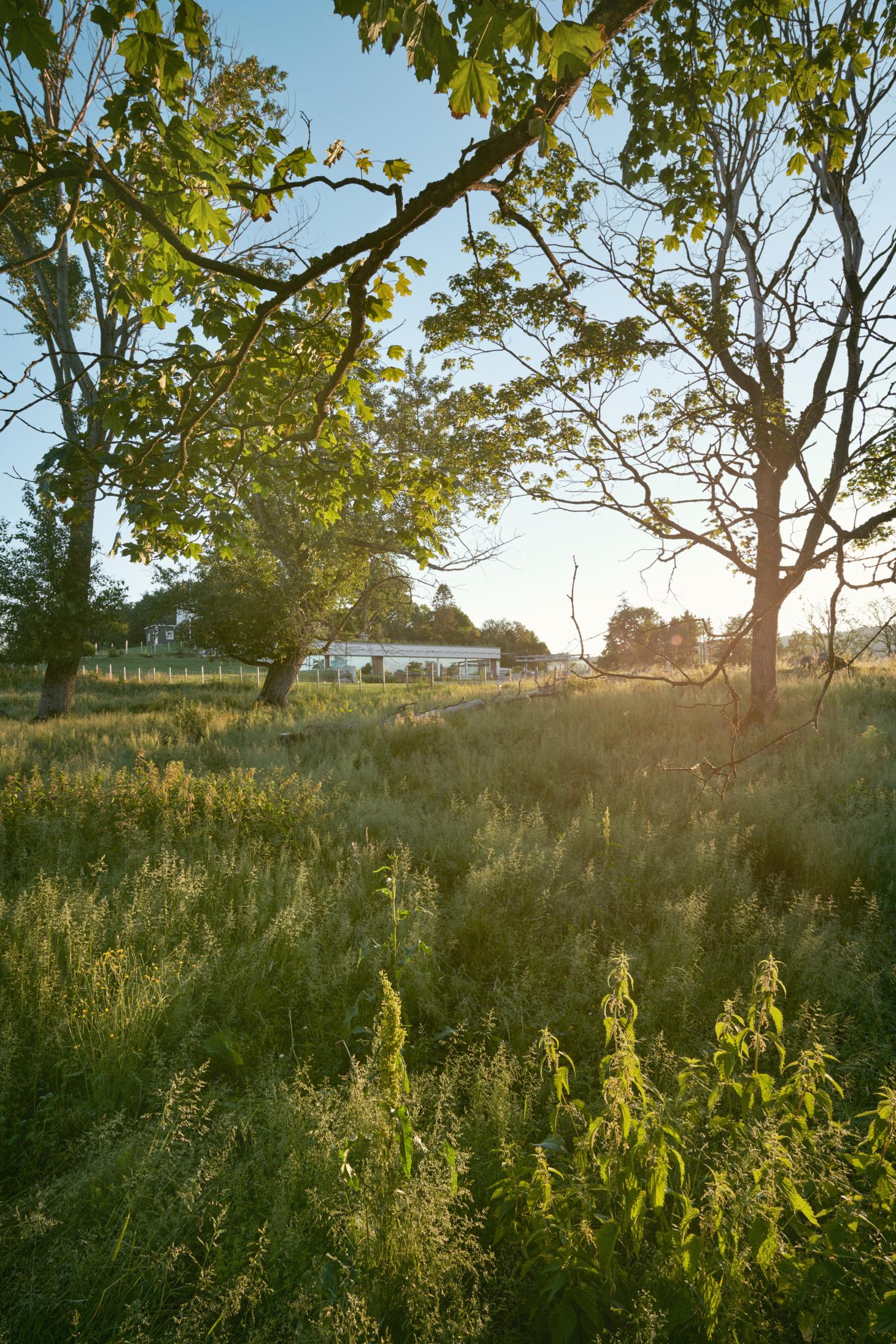
The home’s main living space, an expansive open-plan area that flows from kitchen to dining space and lounge, is naturally orientated towards the views. Tucked away towards the rear is a more informal family room, as well as bedrooms and bathrooms. Apart from the usual domestic areas, the generous residence also includes a foyer with space for a small glass display case showing family heirlooms, a home office, a guest room, and a utility room.
Concrete is used throughout – selected for its durability, given that this remains a working farm. It dominates the interiors and the exterior landscaping, such as terraces and steps. Visible formwork and white cement and aggregate afford a tactile and light feel. Untreated cedar cladding, pre-patinated zinc and steel create accents and add texture, while swathes of glass on the front façade make it all appear lightweight and translucent.
Outdoor areas here are just as important as the indoors, with a wide range of external living spaces surrounding the property. There is a curated garden by Dronninga Landskap; a selection of sun terraces, featuring sculptures and a pergola; and a strong water presence, including a swimming pool and two water mirrors, softening the hard surfaces of the complex. One of the water elements is richly populated by aquatic plants, highlighting how nature and architecture come together effortlessly in this clever, invisible house.

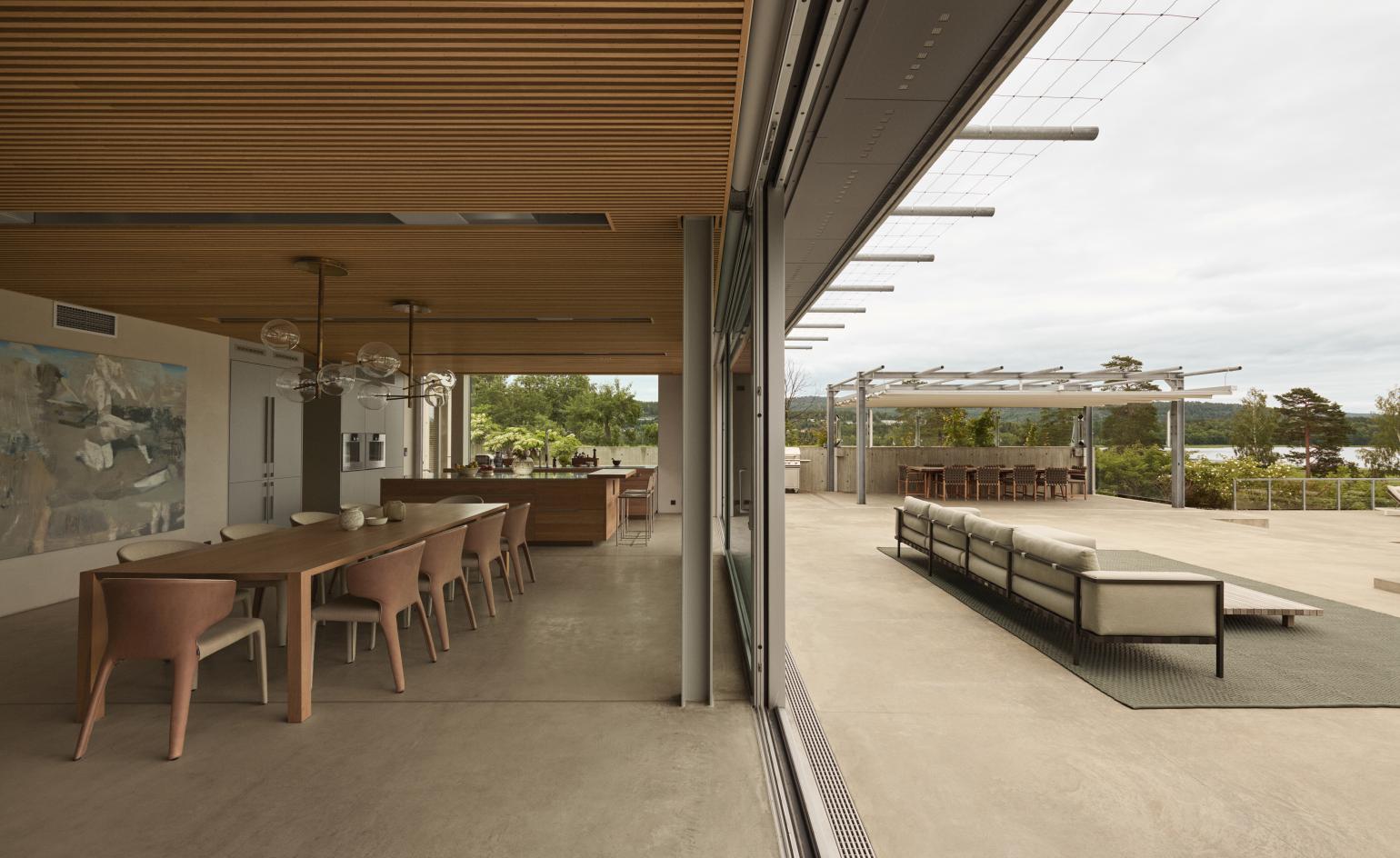

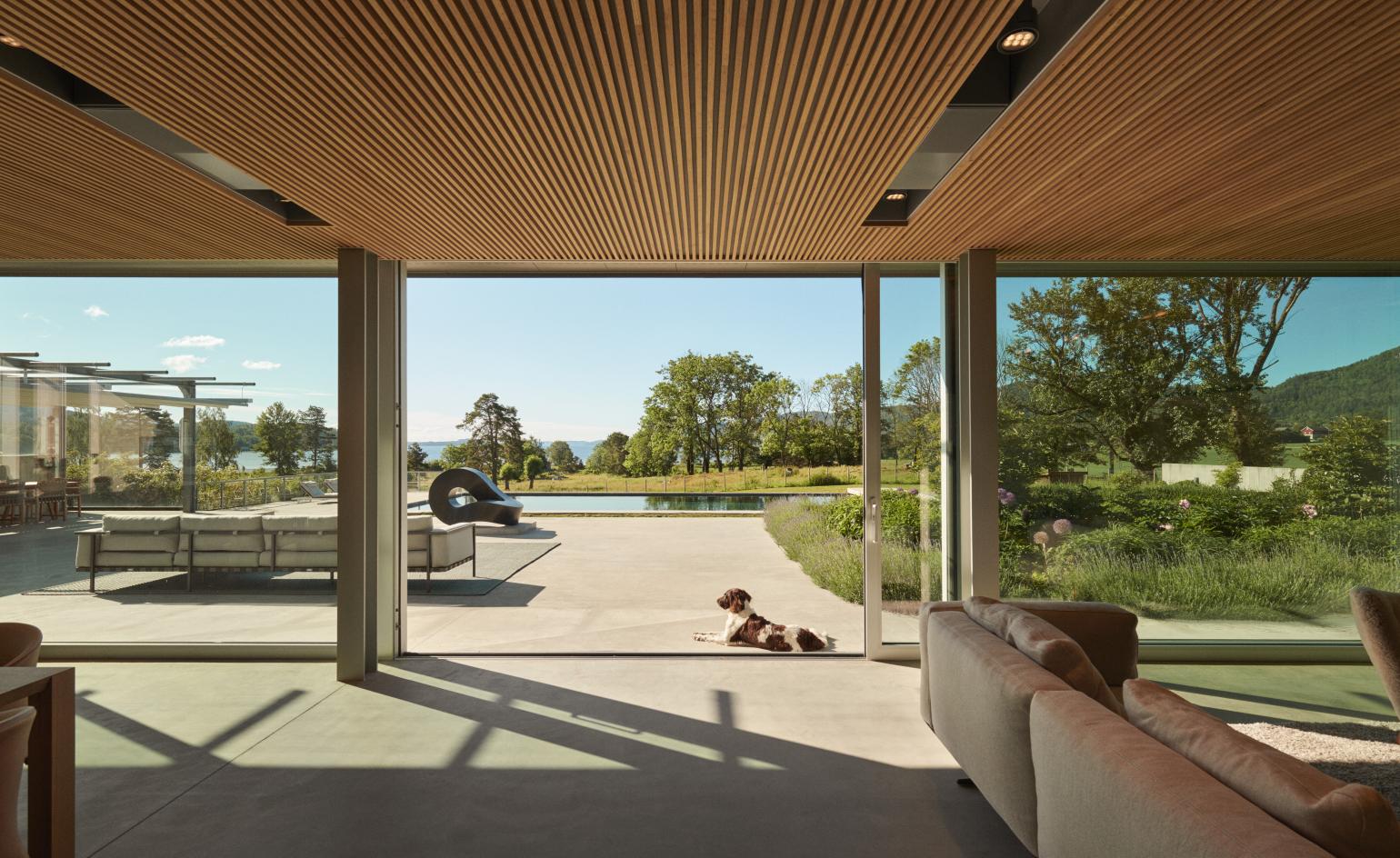
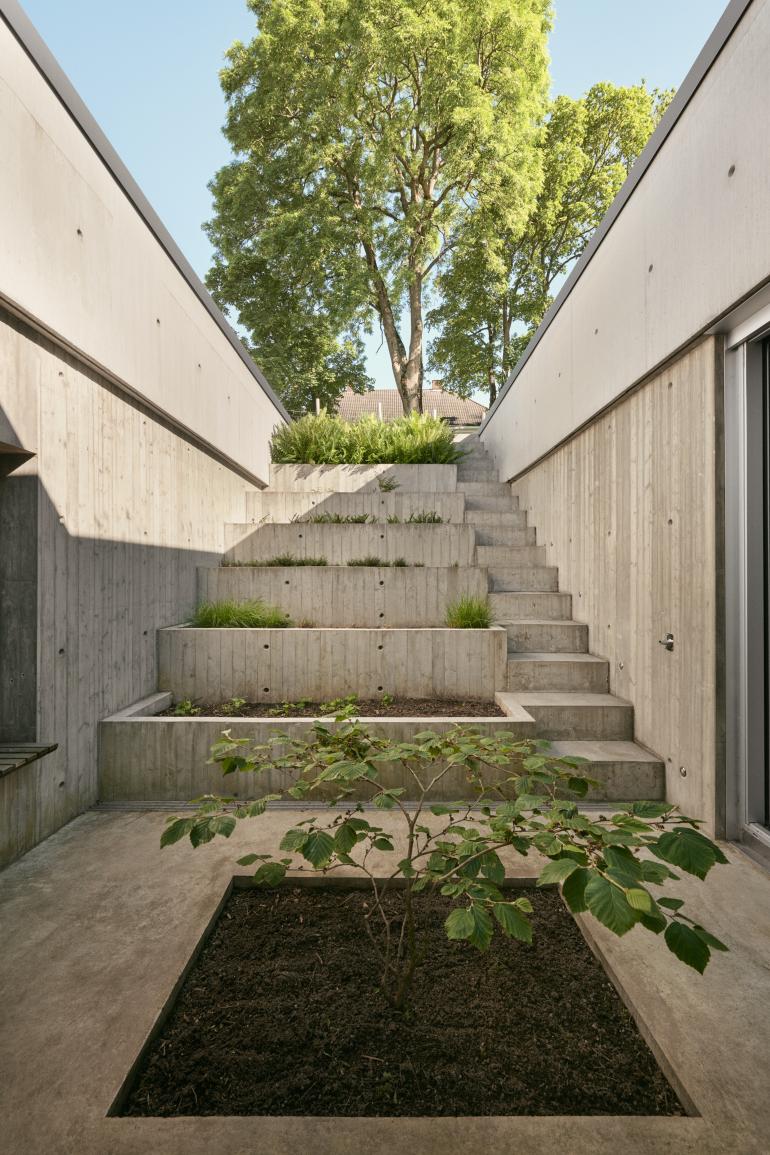
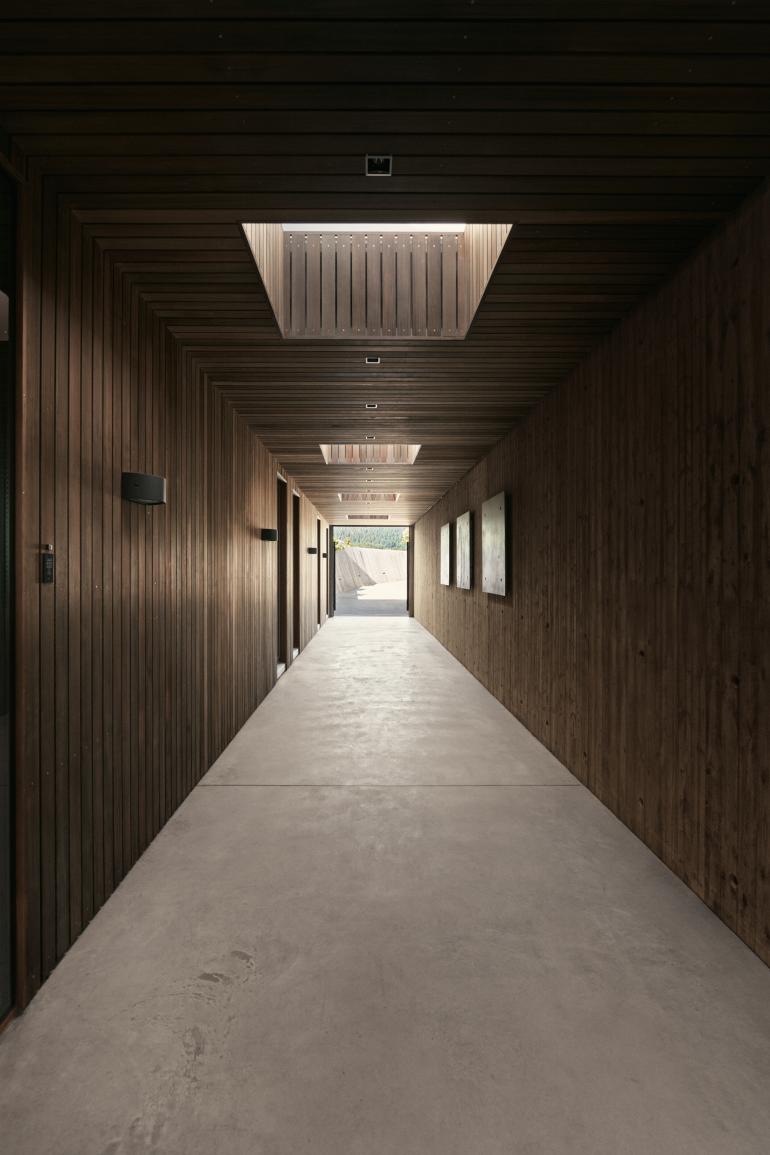
INFORMATION
Receive our daily digest of inspiration, escapism and design stories from around the world direct to your inbox.
Ellie Stathaki is the Architecture & Environment Director at Wallpaper*. She trained as an architect at the Aristotle University of Thessaloniki in Greece and studied architectural history at the Bartlett in London. Now an established journalist, she has been a member of the Wallpaper* team since 2006, visiting buildings across the globe and interviewing leading architects such as Tadao Ando and Rem Koolhaas. Ellie has also taken part in judging panels, moderated events, curated shows and contributed in books, such as The Contemporary House (Thames & Hudson, 2018), Glenn Sestig Architecture Diary (2020) and House London (2022).
-
 A day in Ahmedabad – tour the Indian city’s captivating architecture
A day in Ahmedabad – tour the Indian city’s captivating architectureIndia’s Ahmedabad has a thriving architecture scene and a rich legacy; architect, writer and photographer Nipun Prabhakar shares his tips for the perfect tour
-
 You can now stay in one of Geoffrey Bawa’s most iconic urban designs
You can now stay in one of Geoffrey Bawa’s most iconic urban designsOnly true Bawa fans know about this intimate building, and it’s just opened as Colombo’s latest boutique hotel
-
 Pentagram’s identity for eVTOL brand Vertical Aerospace gives its future added lift
Pentagram’s identity for eVTOL brand Vertical Aerospace gives its future added liftAs Vertical Aerospace reveals Valo, a new air taxi for a faster, zero-emission future, the brand has turned to Pentagram to help shape its image for future customers
-
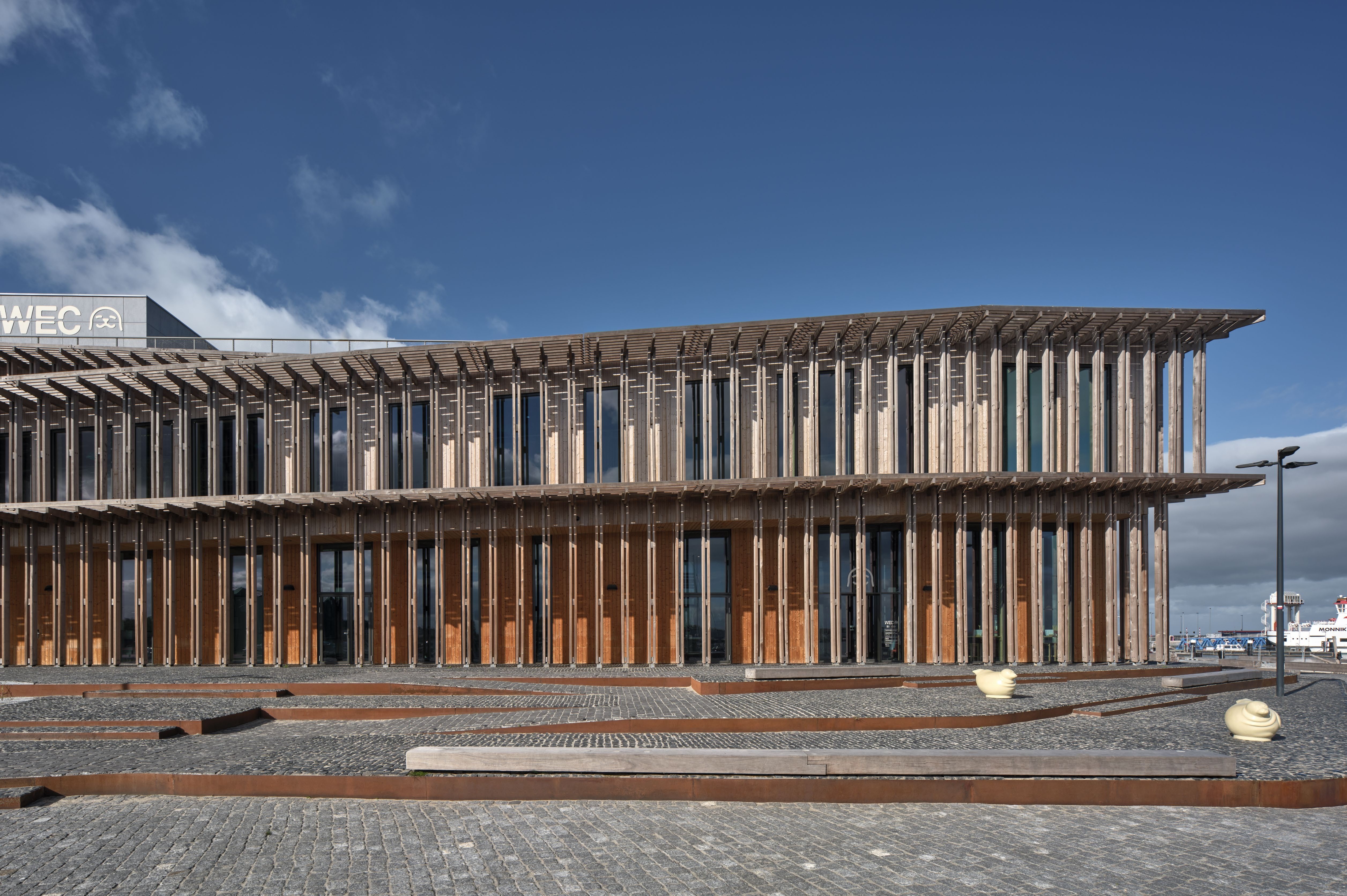 A Dutch visitor centre echoes the ‘rising and turning’ of the Wadden Sea
A Dutch visitor centre echoes the ‘rising and turning’ of the Wadden SeaThe second instalment in Dorte Mandrup’s Wadden Sea trilogy, this visitor centre and scientific hub draws inspiration from the endless cycle of the tide
-
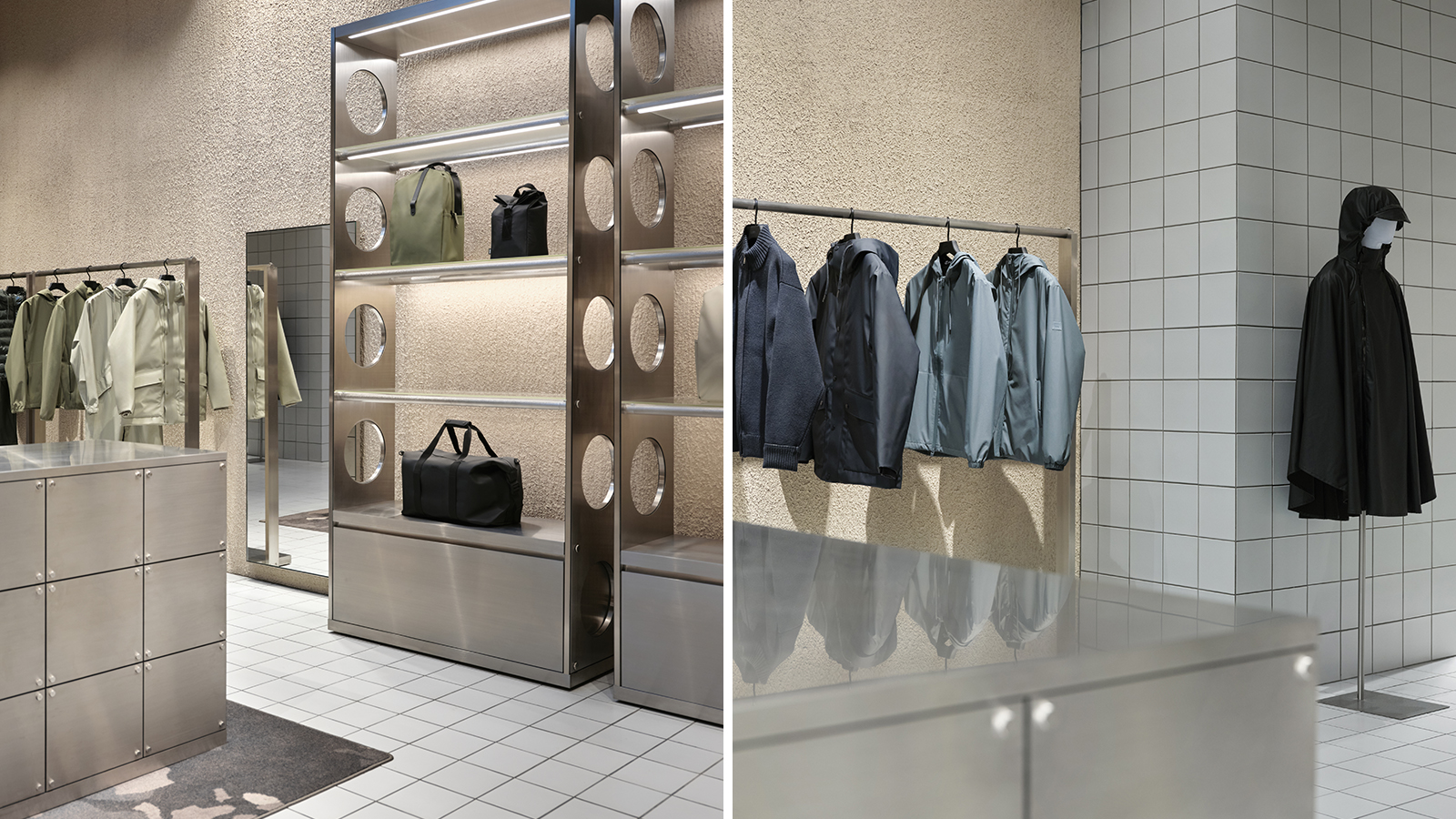 Rains Amsterdam is slick and cocooning – a ‘store of the future’
Rains Amsterdam is slick and cocooning – a ‘store of the future’Danish lifestyle brand Rains opens its first Amsterdam flagship, marking its refined approach with a fresh flagship interior designed by Stamuli
-
 Three lesser-known Danish modernist houses track the country’s 20th-century architecture
Three lesser-known Danish modernist houses track the country’s 20th-century architectureWe visit three Danish modernist houses with writer, curator and architecture historian Adam Štěch, a delve into lower-profile examples of the country’s rich 20th-century legacy
-
 Is slowing down the answer to our ecological challenges? Copenhagen Architecture Biennial 2025 thinks so
Is slowing down the answer to our ecological challenges? Copenhagen Architecture Biennial 2025 thinks soCopenhagen’s inaugural Architecture Biennial, themed 'Slow Down', is open to visitors, discussing the world's ‘Great Acceleration’
-
 This cathedral-like health centre in Copenhagen aims to boost wellbeing, empowering its users
This cathedral-like health centre in Copenhagen aims to boost wellbeing, empowering its usersDanish studio Dorte Mandrup's new Centre for Health in Copenhagen is a new phase in the evolution of Dem Gamles By, a historic care-focused district
-
 This tiny church in Denmark is a fresh take on sacred space
This tiny church in Denmark is a fresh take on sacred spaceTiny Church Tolvkanten by Julius Nielsen and Dinesen unifies tradition with modernity in its raw and simple design, demonstrating how the church can remain relevant today
-
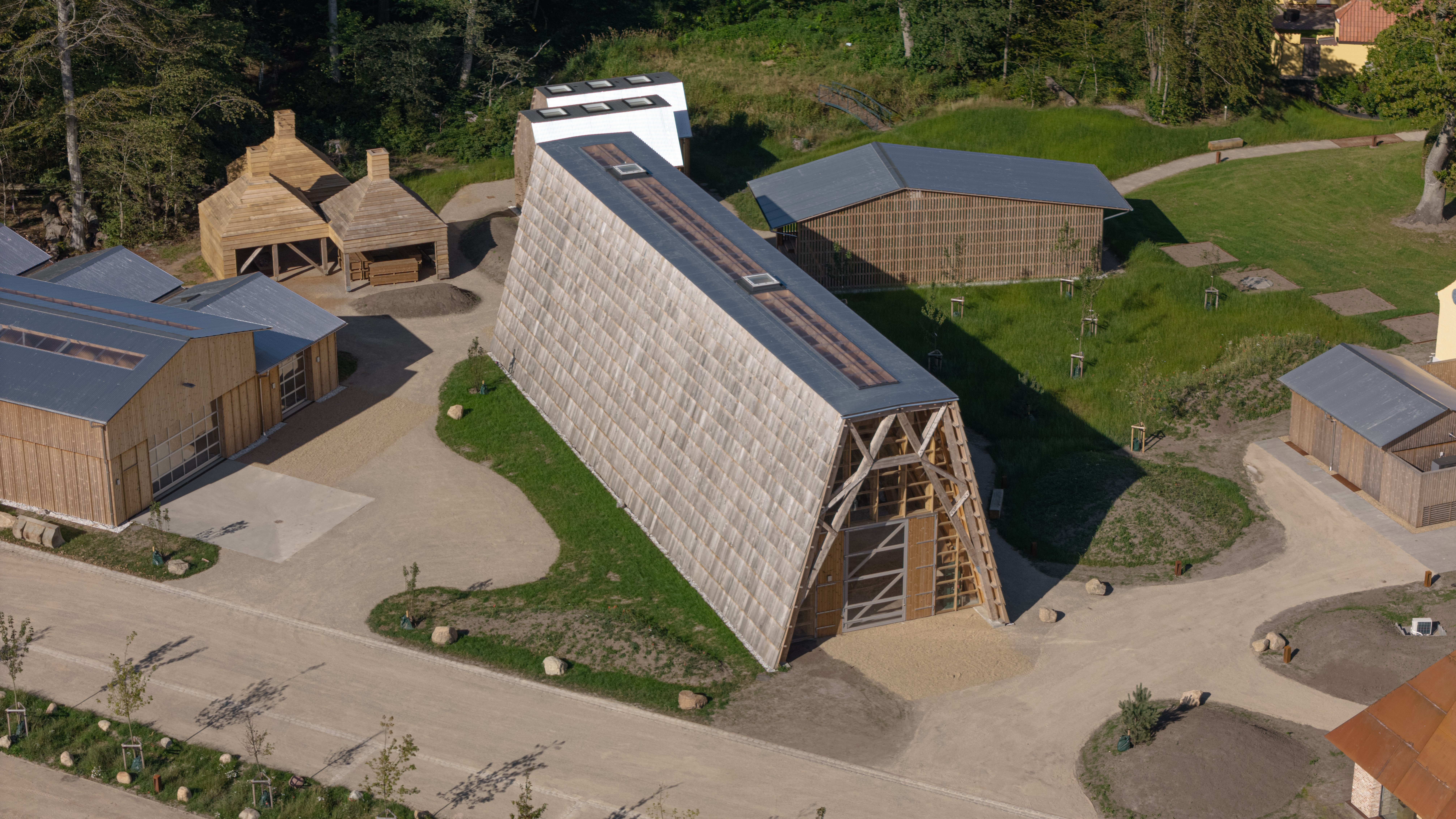 ‘Stone, timber, silence, wind’: welcome to SMK Thy, the National Gallery of Denmark expansion
‘Stone, timber, silence, wind’: welcome to SMK Thy, the National Gallery of Denmark expansionA new branch of SMK, the National Gallery of Denmark, opens in a tiny hamlet in the northern part of Jutland; welcome to architecture studio Reiulf Ramstad's masterful redesign of a neglected complex of agricultural buildings into a world-class – and beautifully local – art hub
-
 Discover Bjarke Ingels, a modern starchitect of 'pragmatic utopian architecture'
Discover Bjarke Ingels, a modern starchitect of 'pragmatic utopian architecture'Discover the work of Bjarke Ingels, a modern-day icon and 'the embodiment of the second generation of global starchitects' – this is our ultimate guide to his work